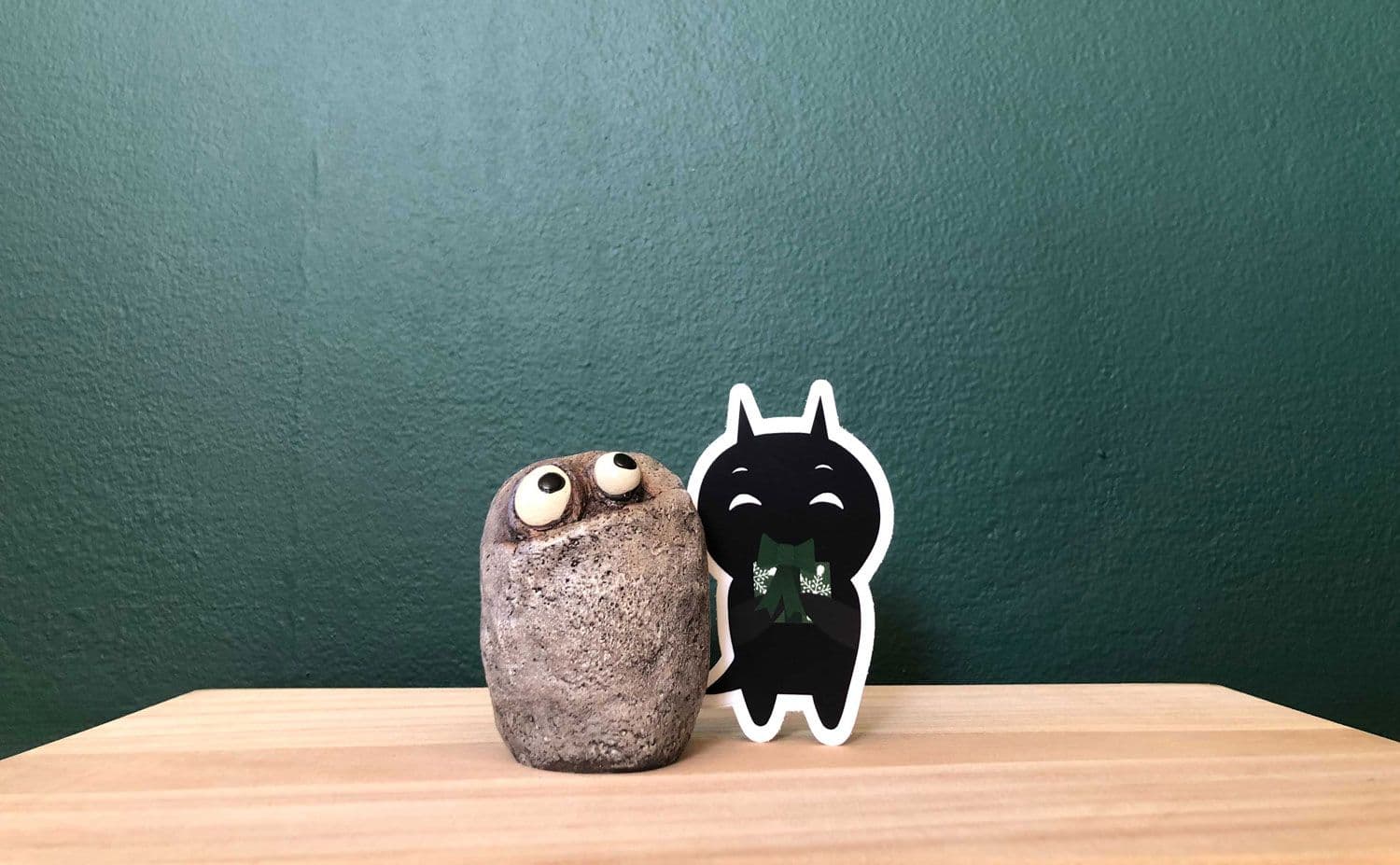We Wrote a Kid’s Story Explaining Amplitude
At a recent Design team offsite, a group of Ampliteers wrote a short story explaining Amplitude in the style of a children’s book. Here’s what we created.
As anyone who works in SaaS knows, the first month at a new job is typically a crash course in learning the ins-and-outs of your company’s software. As a new Ampliteer myself, I’ve found that learning Amplitude goes beyond knowing which button to click—it’s also about reframing how you think of designing product growth, customer experience, and metrics for digital success.
In the two months since I joined the Design team at Amplitude, I’ve been learning about concepts like product-led growth and outcomes over outputs. These are ideas which emphasize the importance of creating digital experiences that bring about customer value, rather than churning out endless updates like a feature factory.
And while the Amplitude Digital Optimization System—which includes the #1 product analytics solution according to G2—is perfect for measuring any digital metric, we’re also believers that you don’t need to track everything that happens in your app, website, or digital product. By measuring even a handful of key actions—like sign-up, subscription, critical event, and returning usage—you can glean powerful insights into how customers use your digital product and where they get the most value from it.
By learning about ideas like these, I’ve found myself thinking diligently about how we help companies build the best products. With Amplitude, you’re not just clicking a button. You’re leaning into a digital-first mindset. And while some of these Amplitude concepts—which have the potential to turn every-day companies into digital disruptors—may seem complex at first, there has to be an entry point.
That entry point, I found, can come through a children’s story.
From Team Offsite to Story Production
A few weeks ago, our Research and Design team hosted a virtual offsite to help everyone get to know each other better. We may be a fast-growing company, but we’re also a team that’s committed to scaling our culture as we scale the team. With that commitment in mind, our offsite began with team bonding and icebreaker surveys (“what fruit would you be?”) before transitioning to a fun challenge: “Amplitude for Kids.”
As the saying goes, “If you can’t explain it to a six year old, then you don’t understand it yourself.”
With this idea in mind, our team split up into groups and took on a 45-minute project: Write a children’s book to show what Amplitude is about.
Given that I’m new to Amplitude, this exercise came at a great time. And as a designer who spends my free time creating children’s books with my little cousin, I couldn’t wait to get started.
On my team—working with fellow designers Ian Go and Bonnie Jiang—we discussed what we thought of as the “essential concept” of Amplitude. Bonnie and I were just a month into our time here when we took on the challenge, so it was a great brainstorm for how newcomers approach Amplitude compared to veterans like Ian. After settling on the main concept of our book, we went about writing it down and creating illustrations—all within 45 minutes.
Our children’s story for Amplitude tells the story of a shop owner named Tom, who needs a greater understanding of how his burger business is performing. The idea for Tom came from earlier on in our offsite—while playing a Zoom-style scavenger hunt, one of our colleagues showed us a planter on her desk she had named Tom. And since Tom spends all day hanging around Amplitude’s mascot, the Data Monster, we couldn’t resist making them the focus of our story.
Read on to see our full story about Tom, the Data Monster, and what they learned with the help of Amplitude. And if you’re interested in joining our team, take a look at our careers page. We’re always looking for more Data Monsters to join the team.
The Story: Tom’s Burgers and the Data Monster
Once upon a time, there was a burger shop run by Tom.

Tom loved selling all kinds of burgers, but not just any normal cheese burgers.
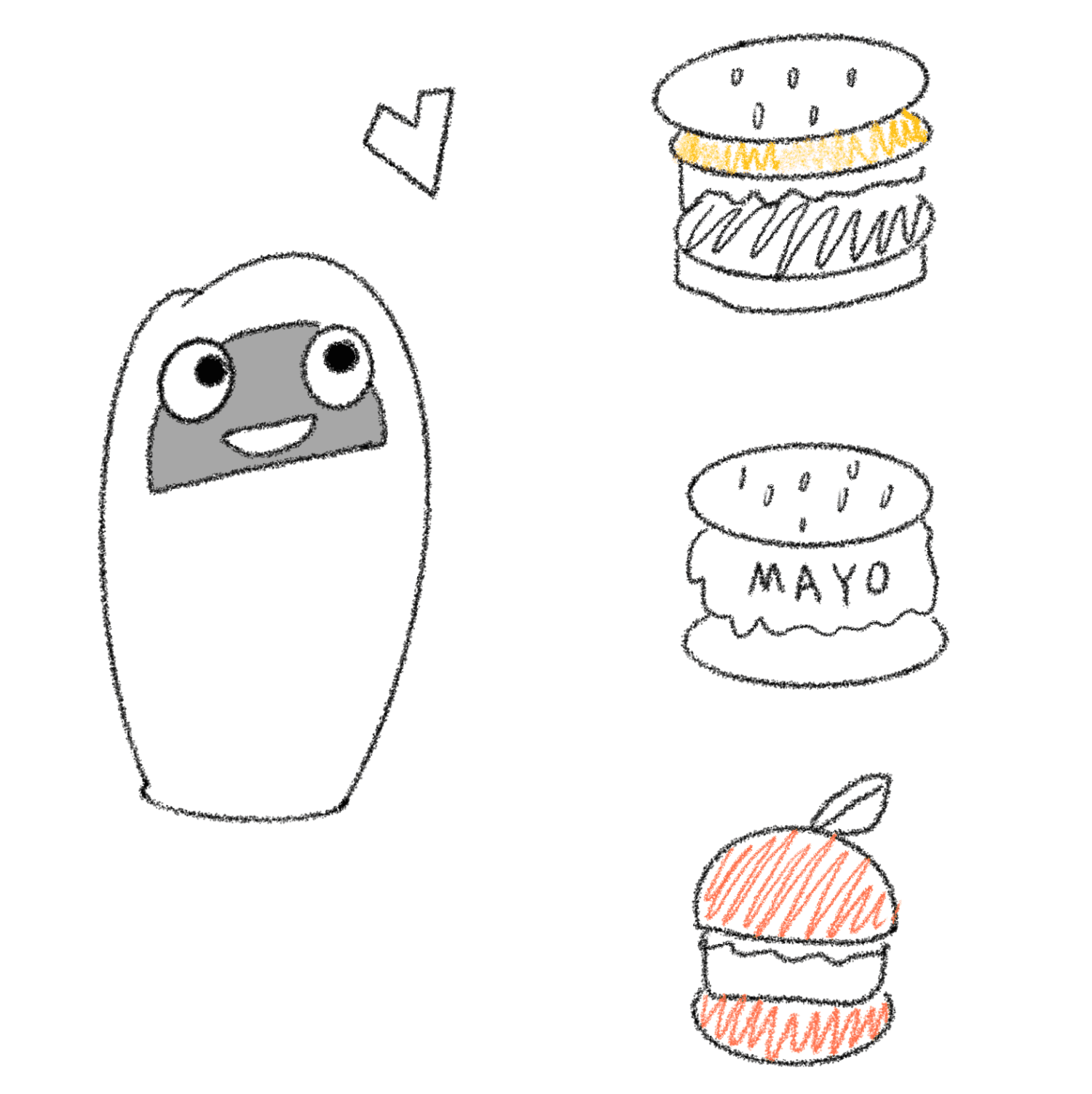
He had the Pineapple Party burger, the Manic Mayo burger, and even the Apple-a-Day burger.
Tom had a problem though. He was so busy helping customers that he didn’t have any time to keep track of his ingredients.
“How many pineapples do we need? Buns or slices of cheese?”
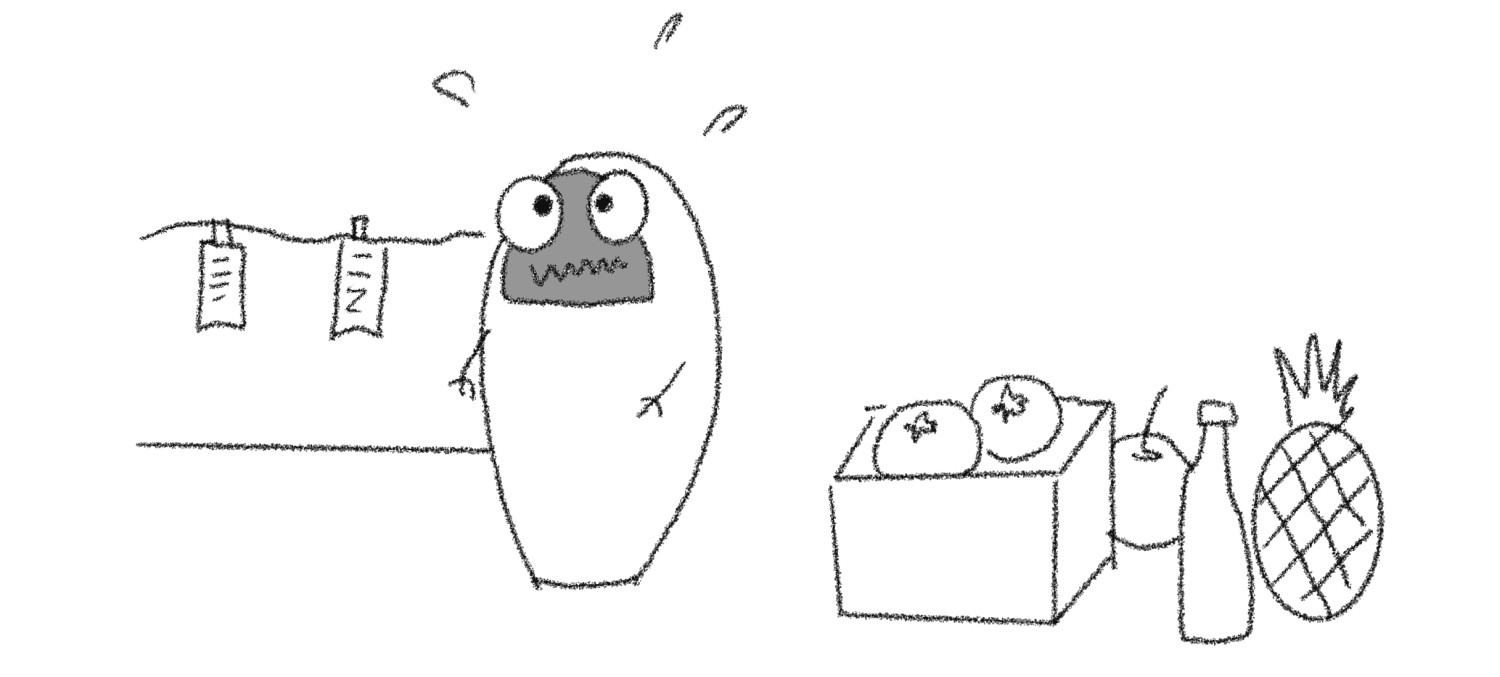
“This is way too much for me to keep track of and see,” thought Tom.
One of Tom’s friends, the Data Monster, saw that Tom was having trouble keeping track.
The Data Monster knew they could help because they were really good at math!
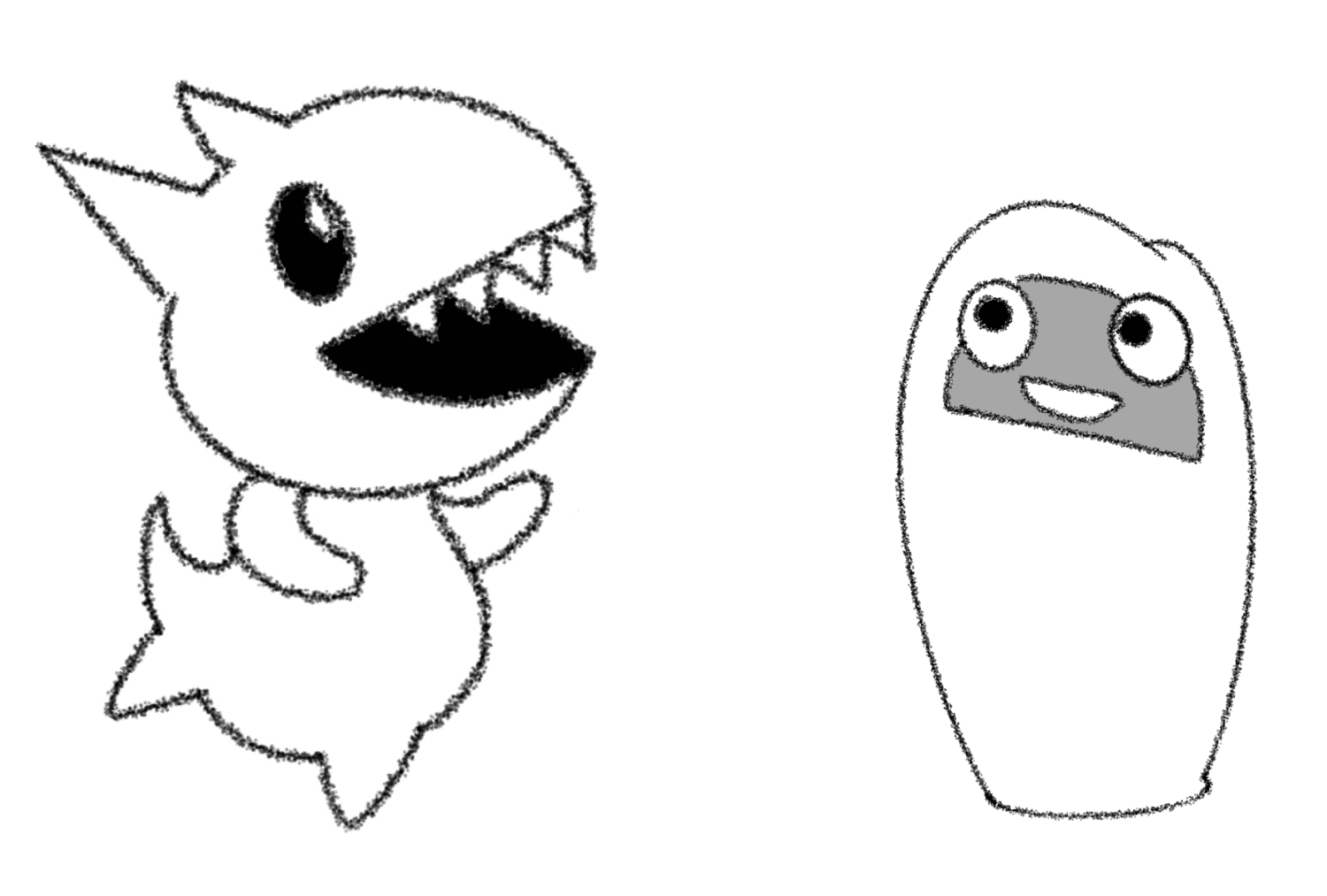
“Tom, let me help. I’ll count how much cheese you need, dairy and dairy-free. Buns both plain and sesame seed. You serve burgers which you love, and I’ll take care of all the above.”
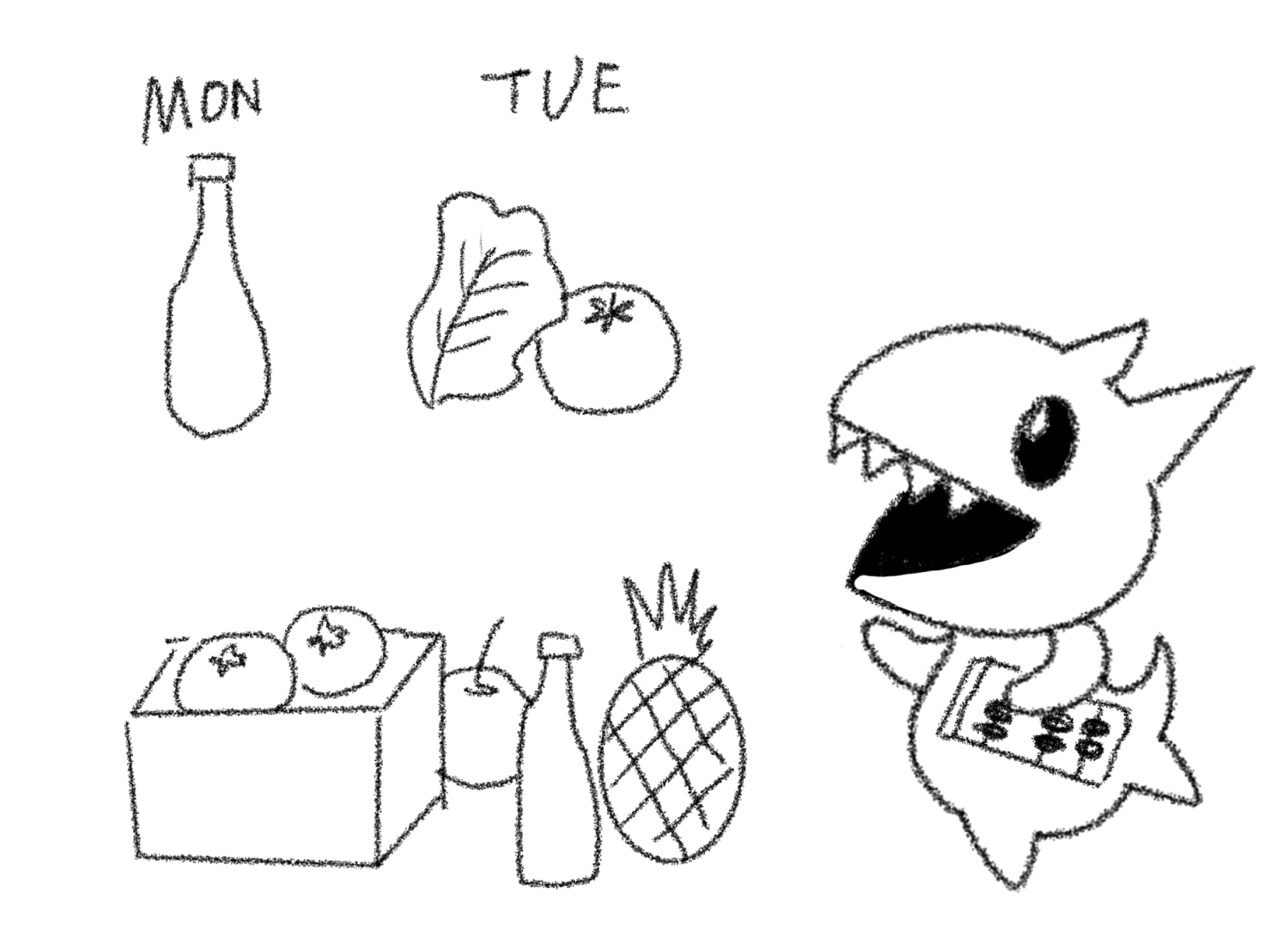
The Data Monster realized Tom always ran out of mayo early on Mondays, then lettuce and tomatoes on Tuesdays.
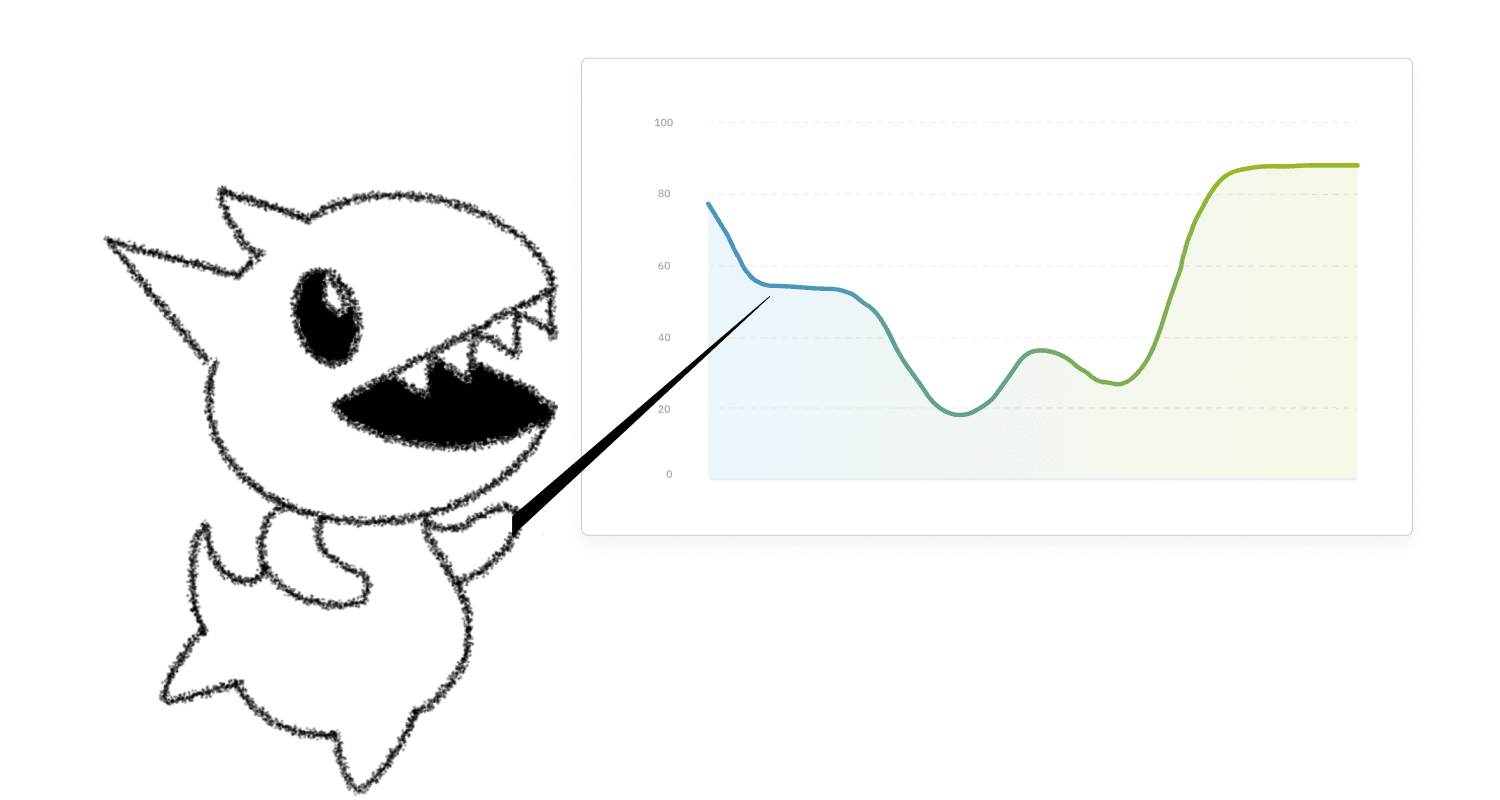
The Data Monster reported this to Tom so he could always up his stock on those days.
The Data Monster got really good at tracking ingredients, so Tom asked if they could keep track of other things. The Data Monster started noticing which burgers were popular and which ones were not.

The Data Monster told Tom, “The Mayo burger is really popular on Mondays, and the Apple-a-Day burger on on weekdays. The Pineapple Party burger, though, is a little too pricey.”

“Thanks for letting me know, Data Monster!” said Tom. “Now I know which burgers to make more of, and maybe I’ll make the Pineapple Party burger four dollars instead of six.”

The burger shop became so popular that there were more customers than Tom could handle with just one shop.
So Tom opened a new shop.
And the third one.
And the fourth one.
Tom’s ending up becoming a national chain.

Now they have 500 million tomatoes a day to keep track of!

The End.

Sophie Lin
Former Senior Product Designer, Amplitude
Sophie Lin is a former senior product designer at Amplitude. She was previously the principal product designer at Brightside and was the first design hire on the product team at Weedmaps.
More from Sophie
